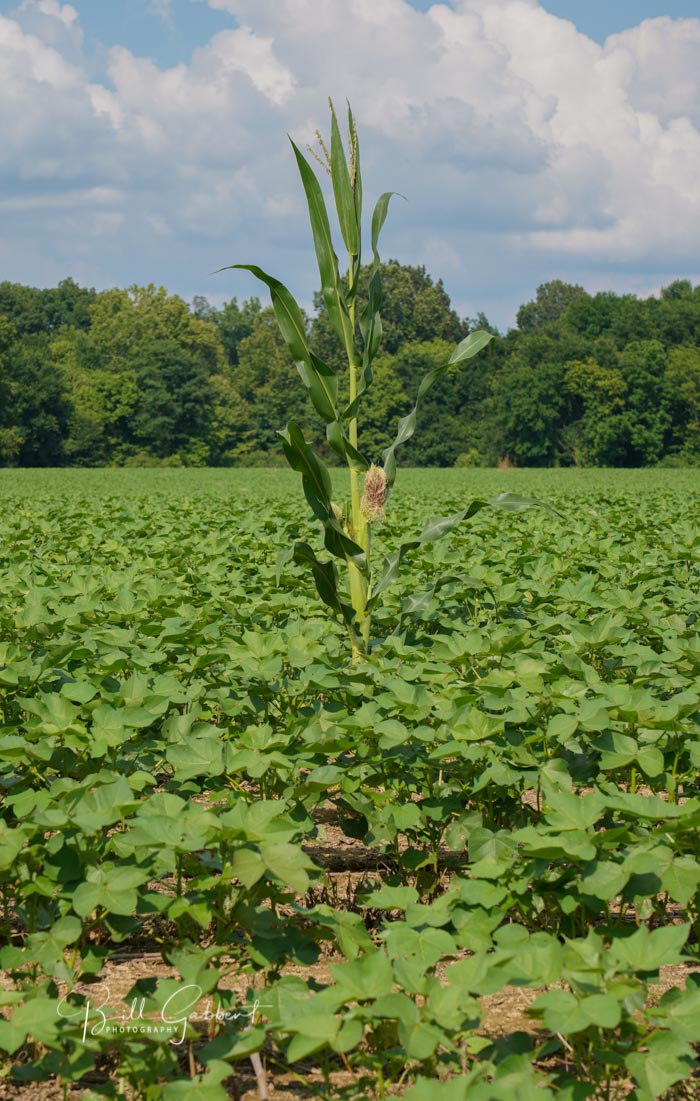
“Why fit in when you were born to STAND OUT!”
–Dr. Seuss
News and opinion about wildland fire
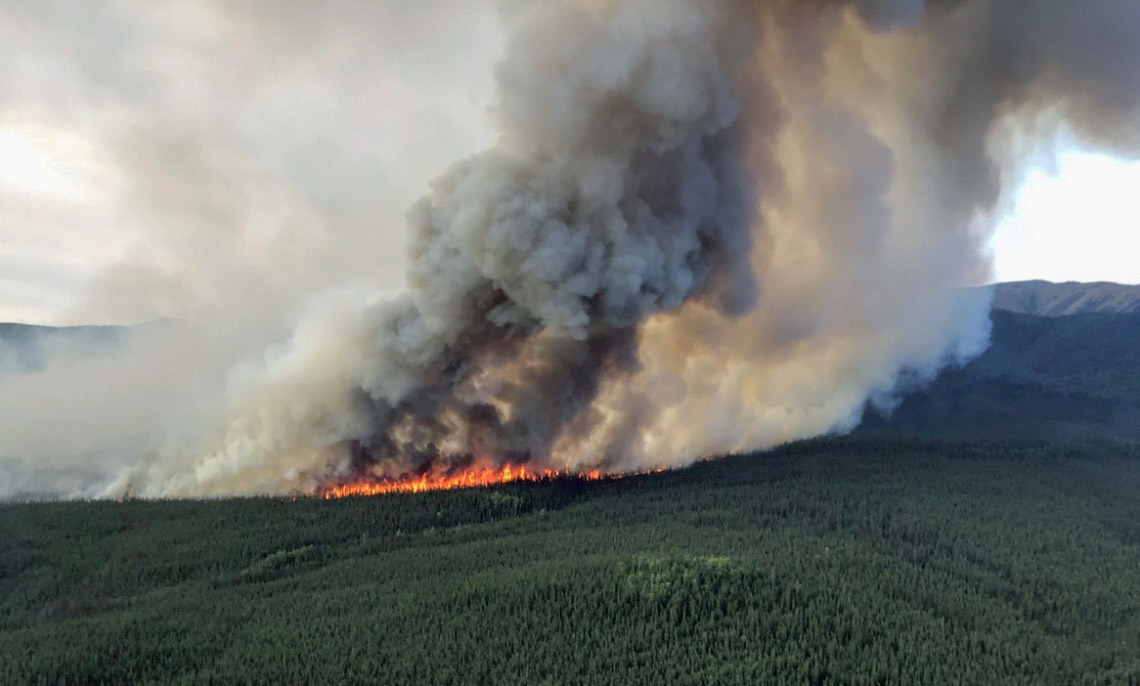
Alaska
Wildfire activity is moving north. Of the 26 new fires reported over the past two days in Alaska, ten were above the Arctic Circle. Isolated thunderstorms are expected in the central and eastern interior today, Tuesday, with high temperatures reaching the low 80s in the Yukon Flats area.
Fifteen new fires were reported across Alaska Monday. Twenty-three fires are actively burning in the Tanana Zone today, with a total of 30 fires reported this year.
Greenland
In addition to the fires in Alaska, on July 10 a satellite detected heat signatures in Greenland that were consistent with those seen at wildland fires. And another satellite photographed what appears to be smoke.
6 VIIRS active detections (nominal confidence) for 10 July 2019. Location (66.991 N, -53.192 W) very near Arctic Circle Trail public hut. See the 8 July 2019 @planetlabs 3-band image of fire area & map w/ relation to 2017 fire location + 2 fire detects in Avannaata. pic.twitter.com/cpIazDSBFX
— Jessica McCarty (@jmccarty_geo) July 11, 2019
Wildfires in Greenland are rare but not unheard of. There were also fires there in 2015 and 2017.
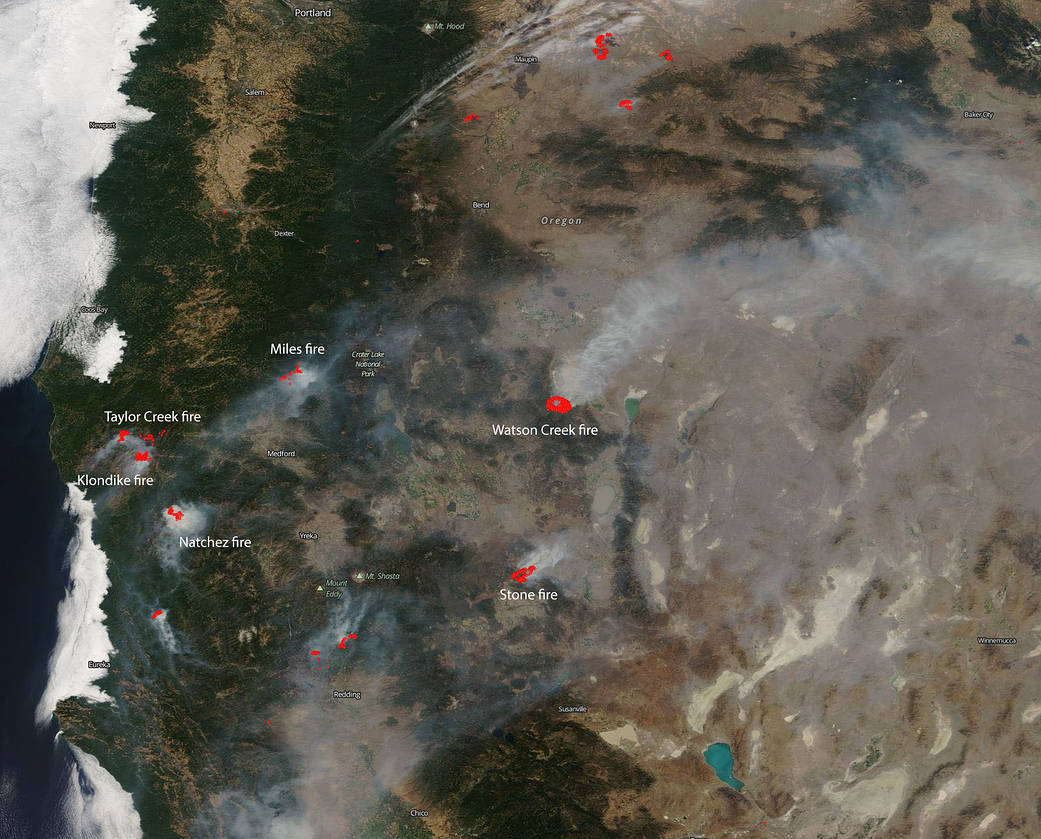
About this time last year on July 15 a lightning storm swept across Oregon that ignited more than 100 fires according to the U.S. Forest Service.
An article at News10 looks back on what it was like at that time. Below is an excerpt:
…Oregon Department of Forestry called in all resources possible. New fire starts popped up every two minutes for hours, according to [Chris] James, [Detection Center Lead at Oregon Department of Forestry].
[Marcus] Havinear, [a 10-year veteran firefighter with the Oregon Department of Forestry], started his shift early that Sunday morning. Typically firefighters in the thick of fire season will work 12-hour shifts and get replaced by fresh firefighters. This shift lasted 27 hours. Havinear did not leave his post until 11 a.m. the next day.
Inside the dispatch center for ODF, it was a similar story. Normally, five dispatchers rotate through calls, but when fire season hit last year everyone got called in for the agency.
“As you’re getting those calls, you’re trying to allocate your resources as best you can and order more resources as best you can as the calls keep coming in,” Teresa Burkhart, the lead dispatcher for ODF, said.
ODF personnel spotting smoke like James saw 56 different clouds of smoke on their cameras at the exact same time – something James has never seen before.
“92 smokes that we reported over that three day period,” James said. “31 of those were first detection by us.”
Three months later the Klondike fire was still active. During a major run in mid-October it spotted six miles ahead, dropping burning embers between firefighters’ tents in fire camp, forcing a relocation of the incident command post.
On July 15th, 2018, #FireSeason truly started in southern Oregon. A lightning storm ripped through the area, sparking 100+ fires across @RRSNF, @swofire and @BLMOregon land. @MikeMarutKTVL met with ODF and USFS personnel to talk about that day. More to this on @KTVL tonight. pic.twitter.com/prKors1XfC
— News 10 (@KTVL) July 14, 2019
Areas of Colorado, Utah, Nevada, and Arizona
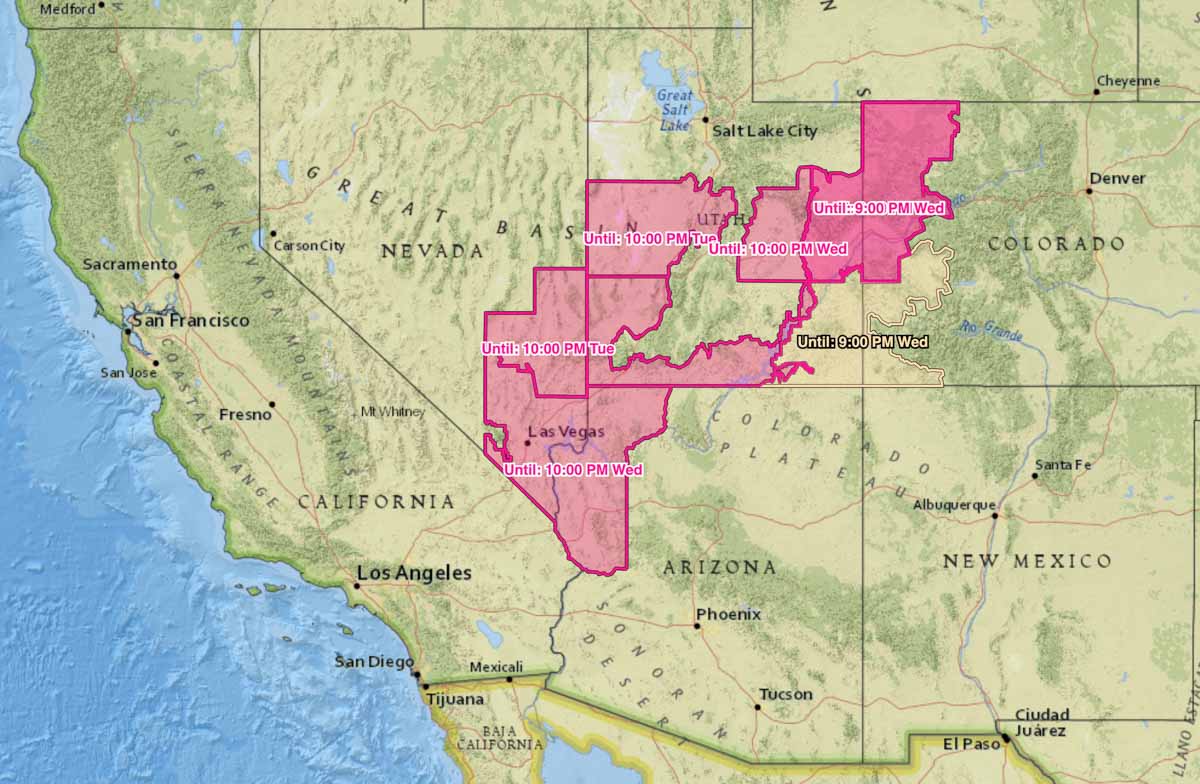
The National Weather Service has issued Red Flag Warnings for elevated wildfire danger beginning at about 11 a.m. Tuesday, July 16 for areas of Colorado, Utah, Nevada, and Arizona. As you can see on the map they expire at various times between Tuesday night and Wednesday night.
The forecasts for those areas include strong winds and low humidity.
(Red Flag Warnings can be modified throughout the day as NWS offices around the country update and revise their weather forecasts.)
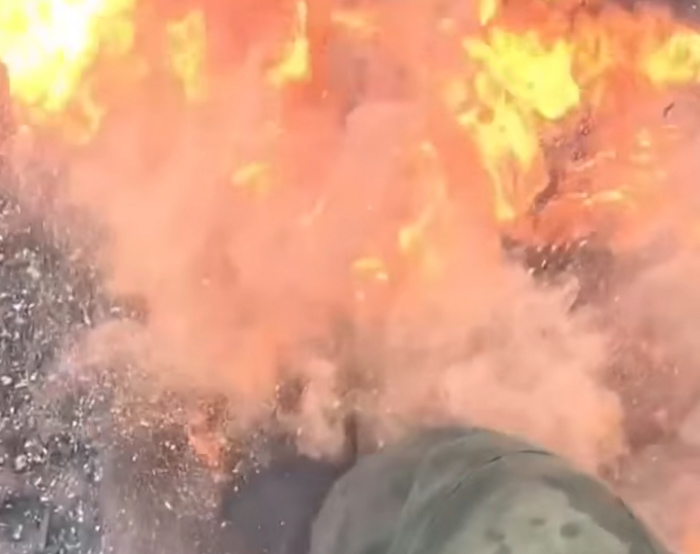
In at least one location in Alberta, Canada the peat moss is so dry it can turn to dust when disturbed, and in the presence of sufficient heat and oxygen is damn near explosive.
It’s a good example of the Fire Triangle: Heat + Fuel + Oxygen = Fire
Video courtesy of @whitecourtunitcrew
Thanks and a tip of the hat go out to Tom. Typos or errors, report them HERE.
Can be refilled by helicopter

A company expects to make available soon in the United States a tracked wildland fire suppression vehicle featuring a turbine aided nozzle/mist blower and a 1,300-gallon water tank that can be refilled by helicopter.
“The first demonstrator chassis is ready in Reno, Nevada at Powerbully now and waiting for the turbine to be shipped from Italy by air freight,” Nicholas Davis, CEO of Arcus Fire said. “It will be doing a week-long demo program at Reno during late October. The second demonstrator is also ready for the turbine in Montreal at Prinoth. It will have an HKD Blue turbine on it and will be on display at the Ottawa conference in November and then doing a tour of the provinces.”
Mr. Davis said the price will run around $460,000 to $490,00 depending on options, such as infrared cameras, communications, external lockers, and drone integration. They are also looking at rental or lease options for approximately $7,000 per month.
Below is a press release from Arcus Fire, followed by a video with computer-generated imagery (CGI).
LONDON — JULY 11, 2019
Arcus Fire unveiled an innovative wildland firefighting vehicle today. The Arcus Wildtrack will be able to take the fight to wildfires like no other vehicle currently on the market.
Using equipment provided by world-class manufacturers, a directional variable flow water turbine is combined with a fully-tracked body. The resulting vehicle can throw water, gel or retardant 75 meters at flow rates of 100 to 2,000 liters per minute.
Traveling at 10 kph on a variety of terrain types, the Wildtrack can suppress up to 24 acres per hour, depending on fuel and terrain. Capable of being reloaded by helicopter through its 5,000 liter (1,321 gallon) baffled hopper water tank, the Wildtrack is able to keep moving, continuously laying down suppressant and supporting firefighters with three external Camlock connections for standard fire hoses fed from the water tank.
“The Wildtrack is easy to deploy,” said Arcus Fire CEO Nick Davis. “Two vehicles can fit on a standard flatbed truck and be delivered to the fireline the same as a bulldozer. The Wildtrack also has hard points built into the chassis that allow it to be helicoptered to more remote locations. Using a helicopter which can carry water, such as an S-64 Aircrane or a CH-47 Chinook, the helicopter which delivers the vehicles can also resupply the vehicles from nearby water sources.”
Wildtrack drivers are able to use high-intensity strobes to provide visual cuing to helicopters supporting them, while the driver is provided with Forward Looking Infra-Red (FLIR) vision for safety during night operations.
Real time satellite tracking of the Wildtrack is available, as is a link to a 90-minute endurance Arcus Drone with survey repeater beamed into the cab for a bird’s-eye view of the situation on the ground.
“We will offer different leasing programs to organizations and agencies which wish to contract the Wildtrack,” Davis added. “Following the 2018 fire season in the U.S., in which millions of acres burned, billions of dollars of real estate was destroyed, and over 100 lives were lost, my vision is that I would like to be able to reduce losses to less than $1 billion, with only a few structures lost and no loss of life within 5 years’ time.”
“The Arcus Wildtrack apparatus brings some new and old concept ability to assist wildland firefighters in suppressing wildfires. I look forward to seeing the Arcus Wildtrack go from concept to prototype and seeing it in action in 2020,” said Chief Kim Zagaris, Western Fire Chiefs Association Wildfire & Policy Advisor.